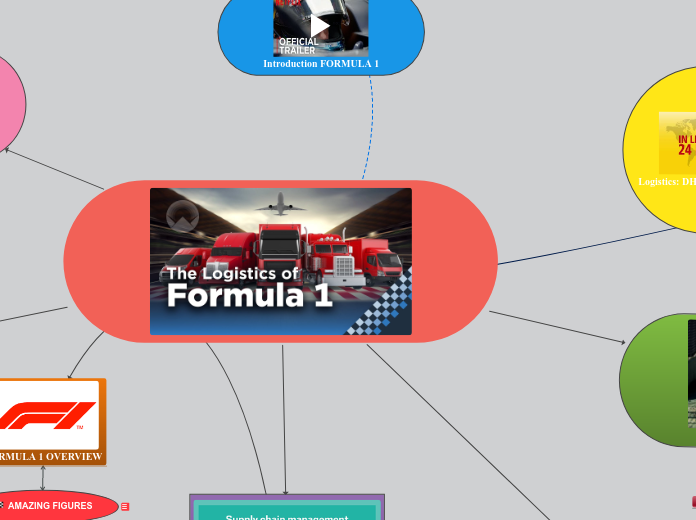UNIT 1: Biochemistry
Type in the name of the company you are going to have an interview with.
Types of Transport
Active Transport
Receptor-Assisted Endocytosis
2. Endocytosis
2. Pinocytosis
1. Phagocytosis
1. Exocytosis
Secondary Active Transport
Antiport
Symport
Primary Active Transport
Subtopic
Passive Transport
Osmosis
Facilitated Diffusion
Carrier Protein
Channel Protein
Simple Diffusion
Type of Protein:
Enzymes
Enzyme Regulation
Allosteric Inhibitor and Activator
Effects on Enzyme Activity
3. pH
2. Temperature
1. Saturation
How enzymes work
Induced Fit Model (correct)
Lock and Key Hypothesis (incorrect)
Function of
Enzymes:
-proteins made by the body
speed up chemical reactions
- an reaction would happen too slowly and not survive without an enzyme
Functional Groups
Sulfhydryl
Phosphate
Amine
Carboxyl
Ketone
Aldehyde
Hydroxyl
Methyl
Macromolecules
Nucleic Acid
RNA Nucleotide
DNA Nucleotide
Nucleotides and Purine and Pyrimidines
Function of
Nucleic Acid:
-informational nucleotides
-used by all organisms to produce identical copies of themselves which means that they can reproduce
instruction code of organism is stored along the strands of DNA
Proteins
Structure pf Protein
Primary, Secondary, and Quaternary structure in Proteins
Peptide Bond
Monomers of Protein
Glycine
Amino Acid
Function of Proteins:
-the most complex molecule in living organisms
-used as structural building blocks and functional molecules and are involves in almost everything that cells do
Lipids
Steroids
Testosterone
Cholesterol
Phospholipids
Liposomes
Micelle
Structure of a Phospholipid
Phospholipid Bilayer
Triglycerides
Types of Fatty acids
Saturated and unsaturated fatty acid
Cis Vs Trans
Function of Lipids:
-Storing energy: change carbs into fat and store the fat molecules as droplets in fat tissues -Insulation: A layer of fat under the skin -Building: membranes (phospholipid layers) and other cell parts -Chemical signalling molecules (hormones)
Carbohydrates
Polysaccharides
Cellulose
Starch
1. Amylose
2. Amylopectin
Disaccharides
Maltose
Lactose
Sucrose
Monosaccharides
B-glucose
Deoxyribose
α-glucose
Ribose
B-galactose
Fructose
Function of Carbohydrates:
-Get ATP -structure: part of cell wall and form part of DNA and RNA backbone -ID markers and communicators: in cell membrane linked to proteins and lipids









